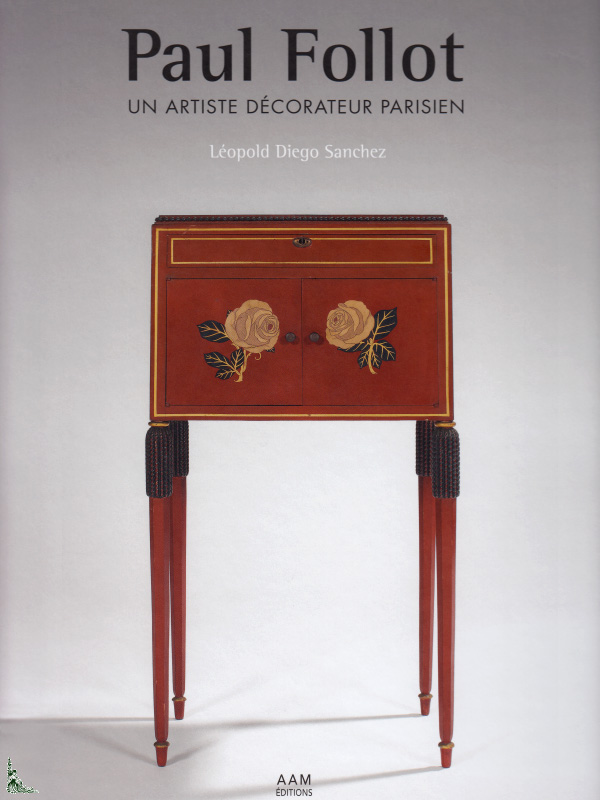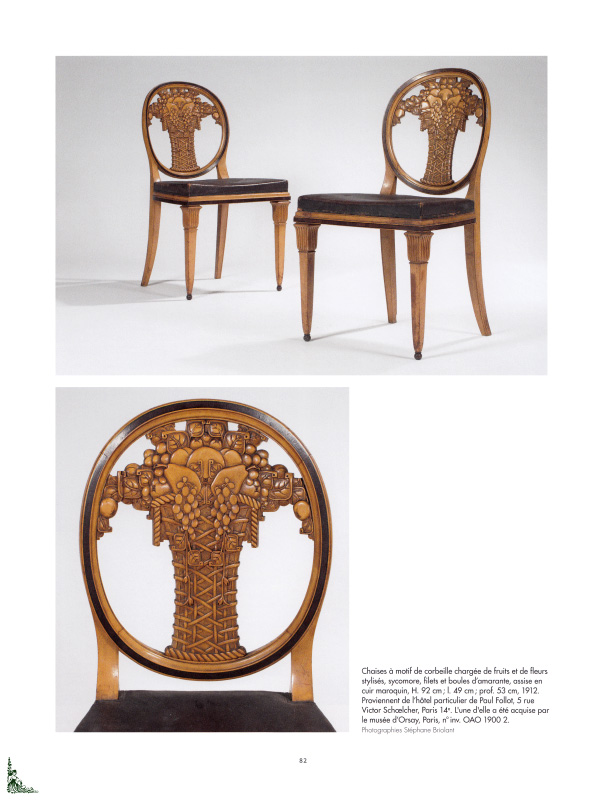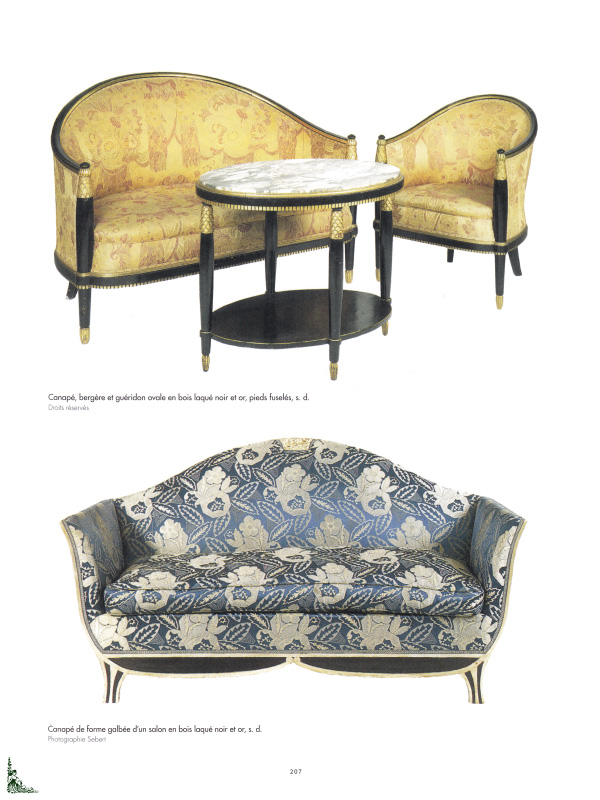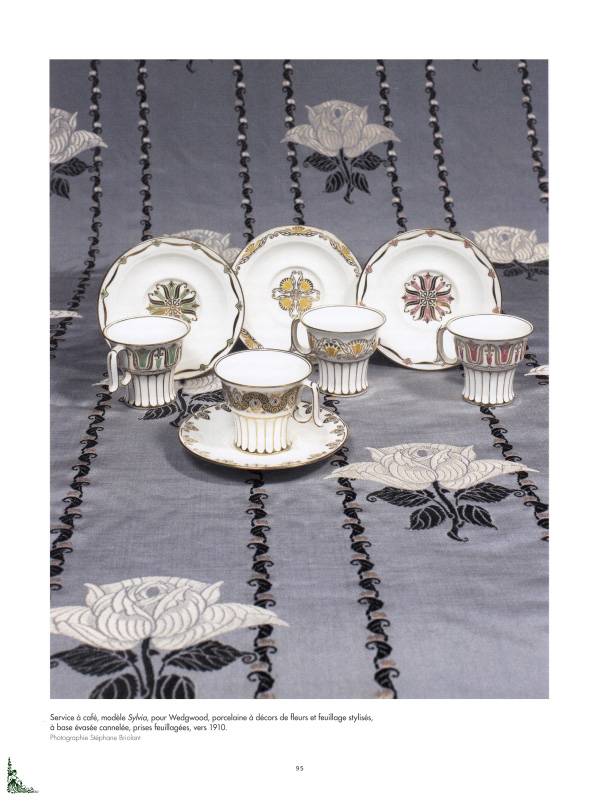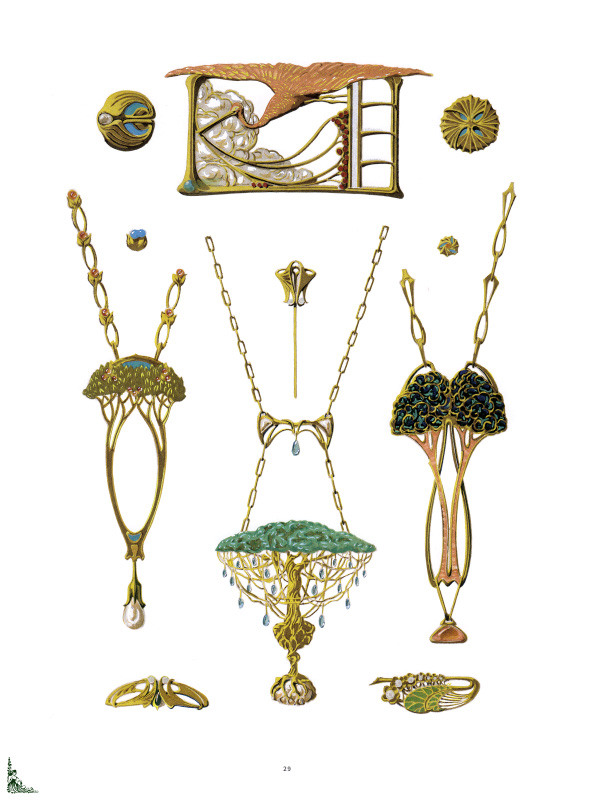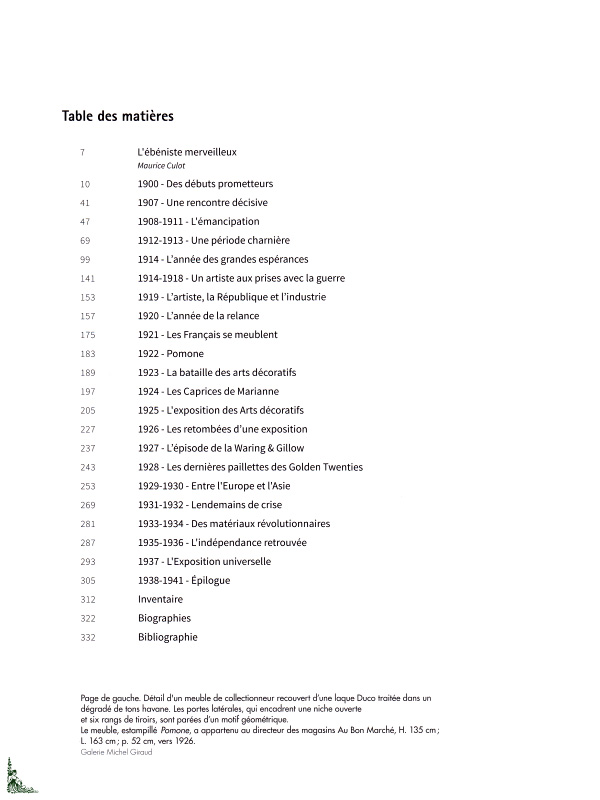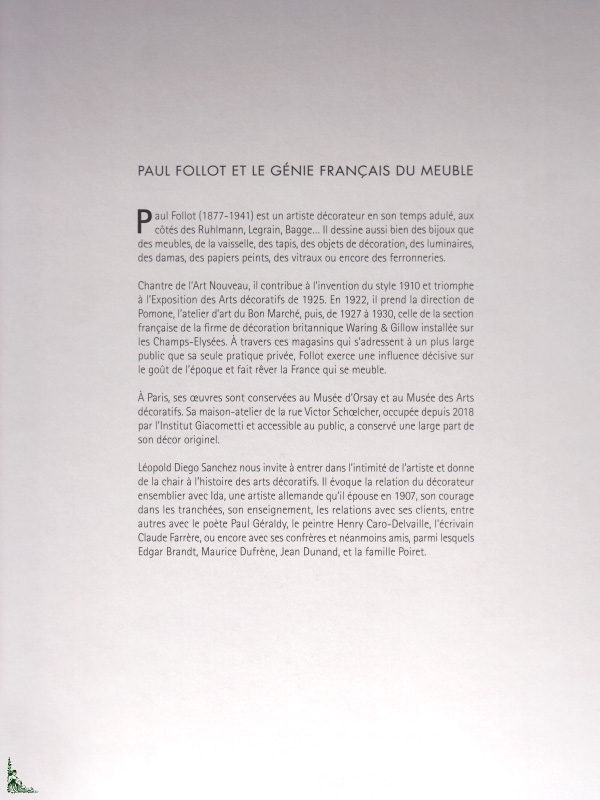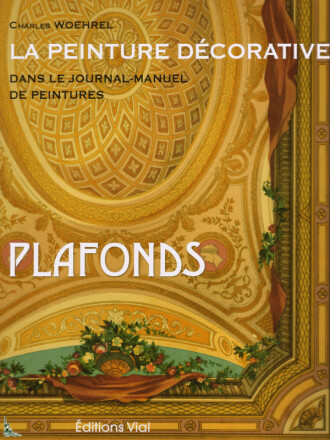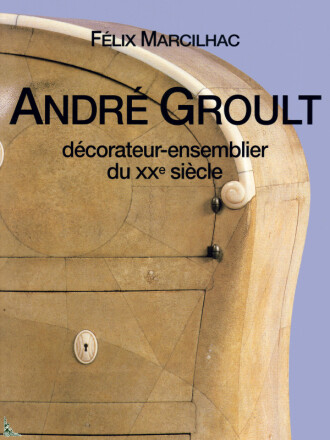Paul Follot, , un artiste décorateur Parisien
Contenido del libro
| Autor : | Léopold Diego Sanchez |
| Editor : | AAM Editions (2020) |
| Encuadernación : | Hardcover (334 full color pages) 9 inches x 12 inches |
| Lengua : | French |
| ISBN : | 978-2-87143-374-3 |
| EAN : | 9782871433743 |
Descripción
Paul Follot, , un artiste décorateur Parisien, by L. Diego Sanchez, AAM Editions, 9 inches x 12 inches ( 23 cm x 31 cm ), hardcover book with 334 full color pages
This hardcover book with 334 full color pages presents the artist and designer Paul Follot.
Paul Follot (1877-1941) is a decorator in his time adored, alongside the Ruhlmann, Legrain, Nagge... He designs jewelry as well as furniture, crockery, rugs, decorative objects, clocks, lighting, damask, wallpaper, stained glass or even ironwork.
Cantor of Art Nouveau, he contributed to the invention of the 1910 style and triumphed at the Decorative Arts Exhibition of 1925. In 1922, he took charge of Pomone, the Bon Marché art workshop, then, from 1927 to 1930, that of the French section of the British decoration firm Waring & Gillow installed on the Champs Elysées. Through these stores which cater to a wider public than just private practice, Follot exerts a decisive influence on the taste of the time and makes dream of France which is furnished.
In Paris, his works are kept at the Musée d'Orsay and the Musée des Arts Décoratifs. His house-workshop on rue Schoelcher, occupied since 2018 by the Giacometti institute and accessible to the public, has retained a large part of its original decor.
The author invites us to enter the intimacy of the artist and gives flesh to the history of the decorative arts. He evokes the relationship of the interior designer with Ida, a German artist whom he married in 1907, his courage in the trenches, his teaching, his relationships with his clients, among others with the poet Paul Géraldy, the painter Henry Caro-Delvaille, the writer Claude Farrère, or with his colleagues and nevertheless friends, among whom Edgar Brandt, Maurice Dufrène, Jean Dunand, and the Poiret family.
Contents:
- The wonderful cabinetmaker, by Maurice Culot
- 1900 - Promising beginnings
- 1907 - A decisive meeting
- 1908-1911 - Emancipation
- 1912-1913 - A pivotal period
- 1914 - The year of great hopes
- 1914-1918 - An artist grappling with war
- 1919 - The artist, the Republic and the industry
- 1920 - The year of the relaunch
- 1921 - The French are furnished
- 1922 - Pomone
- 1923 - The battle of Decorative Arts
- 1924 - The whims of Marianne
- 1925 - The Decorative Arts exhibition
- 1926 - The fallout from an exhibition
- 1927 - The episode of the Waring & Gillow
- 1928 - The latest glitter from the Golden Twenties
- 1929-1930 - Between Europe and Asia
- 1931-1932 - After crisis
- 1933-1934 - Revolutionary materials
- 1935-1936 - Independence regained
- 1937 - The Exposition universelle
- 1938-1941 - Epilogue
- Inventory
- Biographies
- Bibliography
The French texts are written by Léopold Diego Sanchez.
 Description française
Description française
Paul Follot, un artiste décorateur Parisien
Détails du livre
| Auteur : | Léopold Diego Sanchez |
| Éditeur : | AAM Editions (2020) |
| Reliure : | Relié (334 pages couleurs) 23 cm x 31 cm ( 9 inches x 12 inches ) |
| Langue(s) : | Français |
| ISBN : | 978-2-87143-374-3 |
| EAN : | 9782871433743 |
Description
Paul Follot, un artiste décorateur Parisien, de L. Diego Sanchez, AAM Editions, 23 cm x 31 cm, relié avec 334 pages couleurs
Cet ouvrage relié de 334 pages couleurs présente l'oeuvre de l'artiste et designer Paul Follot.
Paul Follot (1877-1941) est un artiste décorateur en son temps adulé, aux côtés des Ruhlmann, Legrain, Nagge... Il dessine aussi bien des bijoux que des meubles, de la vaisselle, des tapis, des objets de décoration, des pendules, des luminaires, des damas, des papiers-peints, des vitraux ou encore des ferronneries.
Chantre de l'Art Nouveau, il contribue à l'invention du style 1910 et triomphe à l'Exposition des Arts Décoratifs de 1925. En 1922, il prend la direction de Pomone, l'atelier d'art du Bon Marché, puis, de 1927 à 1930, celle de la section française de la firme de décoration britannique Waring & Gillow installée sur les Champs Elysées. À travers ces magasins qui s'adressent à un plus large public que la seule pratique privée, Follot exerce une influence décisive sur le goût de l'époque et fait rêver la France qui se meuble.
À Paris, ses oeuvres sont conservées au Musée d'Orsay et au Musée des Arts Décoratifs. Sa maison-atelier de la rue Schoelcher, occupée depuis 2018 par l'institut Giacometti et accessible au public, a conservé une large part de son décor original.
L'auteur nous invite à entrer dans l'intimité de l'artiste et donne de la chair à l'histoire des arts décoratifs. Il évoque la relation du décorateur ensemblier avec Ida, une artiste allemande qu'il épouse en 1907, son courage dans les tranchées, son enseignement, les relations avec ses clients, entre autres avec le poète Paul Géraldy, le peintre Henry Caro-Delvaille, l'écrivain Claude Farrère, ou encore avec ses confrères et néanmoins amis, parmi lesquels Edgar Brandt, Maurice Dufrène, Jean Dunand, et la famille Poiret.
Principaux chapitres de l'ouvrage :
- L'ébéniste merveilleux, de Maurice Culot
- 1900 - Des débuts prometteurs
- 1907 - Une rencontre décisive
- 1908-1911 - L'émancipation
- 1912-1913 - Une période charnière
- 1914 - L'année des grandes espérances
- 1914-1918 - Un artiste aux prises avec la guerre
- 1919 - L'artiste, la République et l'industrie
- 1920 - L'année de la relance
- 1921 - Les Français se meublent
- 1922 - Pomone
- 1923 - La bataille des Arts Décoratifs
- 1924 - Les caprices de Marianne
- 1925 - L'exposition des Arts Décoratifs
- 1926 - Les retombées d'une exposition
- 1927 - L'épisode de la Waring & Gillow
- 1928 - Les dernières paillettes des Golden Twenties
- 1929-1930 - Entre l'Europe et l'Asie
- 1931-1932 - Lendemains de crise
- 1933-1934 - Des matériaux révolutionnaires
- 1935-1936 - L'indépendance retrouvée
- 1937 - L'Exposition universelle
- 1938-1941 - Épilogue
- Inventaire
- Biographies
- Bibliographie
Les textes en Français sont de Léopold Diego Sanchez.


